| Phase I - 08.09.2017 - 15.12.2017
3.1. Phase Objective
The objective of this Phase is to perform a documentation study and define the specific requirements for the new "multifunctional" self-healing advanced composite materials and space structures to be developed within the SHACMAT project, to fully understand the possible environmental hazards that trigger the damage mechanisms. The development of such innovative materials requires a good knowledge of the space operating, working conditions with respect to a precise well defined structure, mission and space environment, took as reference. Besides the functional and environmental requirements, an assessment of the concept and approaches for the new "multifunctional" self-healing advanced composite materials, are to be considered as part of achieving this objective. Thus, self-healing design and approach will be investigated by identifying the main key interactions between the environment, composite structure and method of healing, as well as integration within the composite material, thus developing new multifunctional composite materials with space potential application.
Task 1.1. Space structure;
Task 1.2. Specific requirements definition;
Task 1.3. Self-Healing designs, approach and development.
3.2. Scheduled Results for Phase I
The results planned for this stage are related to the determination of the requirements to which the composite structure containing the self-repair elements will have to meet, requirements identified by a literature study. Another expected outcome for this stage is a preliminary CAD model of the structure and the identification of precursors that can be used in the development of the self-repairing system and which will respond to general requirements.
3.3. Phase I Results
During the Phase I of the project, a bibliographic study was carried out where a number of spatial structures were identified on which the integration and use of a self-repairing system can be proposed and also the operational conditions of these structures in the space environment. Following this study, a number of requirements have been established for which the advanced composite structure will have to respond during its operation in orbit and to which the precursors of the self-repairing system will have to withstand.
A conceptual model of a structure to be made entirely of advanced polymer composite materials was proposed. Thus, a CAD model of a parabolic mirror was developed, a component within Special Equipment for Focusing of Solar Radiation (SEFSR) module. Also, a bibliographic study on the concept of self-repair and the development of such a system for spatial structures was carried out. A number of precursors and ways of integrating them into the composite structure have been identified in the literature. In the next stage will be finalized the design of the structure that will be made of polymeric composite materials and will integrate the self-repairing system, it will be established and the development of the self-repair system will begin, a series of FEA simulations on the composite structure and which will be validated by laboratory tests and finally the structural design solutions proposed for the fulfillment of the project objectives will be evaluated.
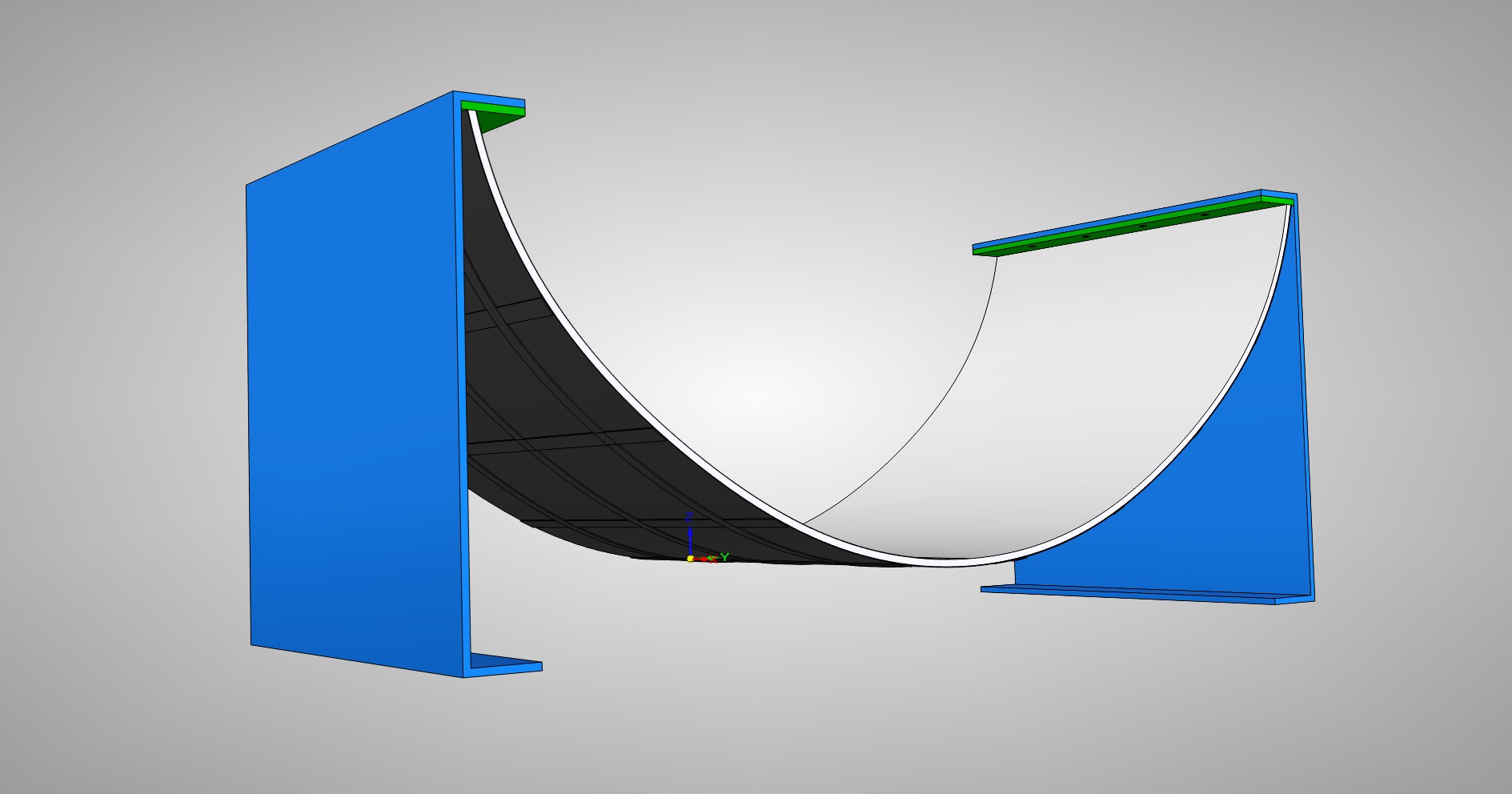 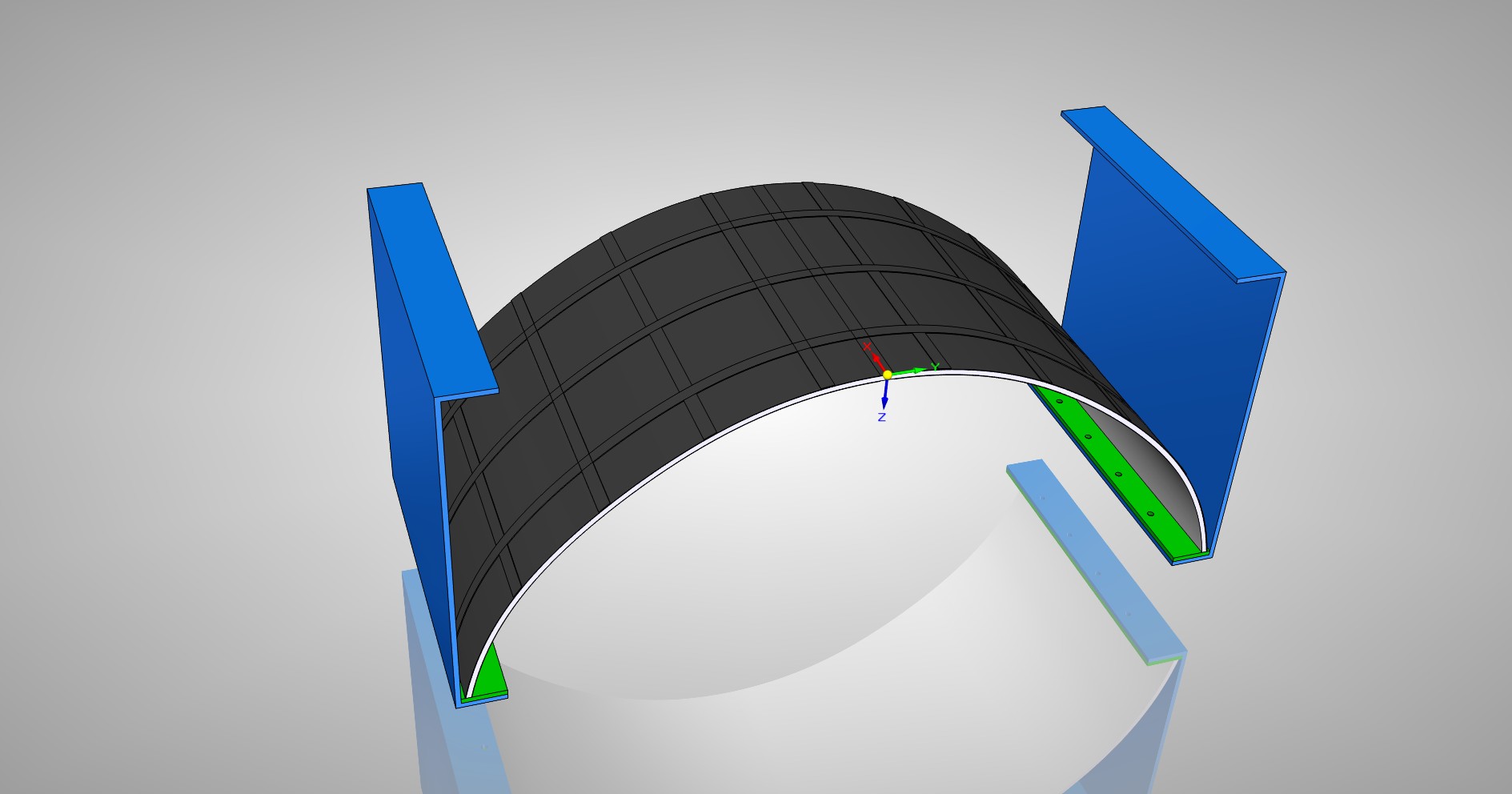
Figure 1. Preliminary mould design for manufacturing CFRP parabolic mirror
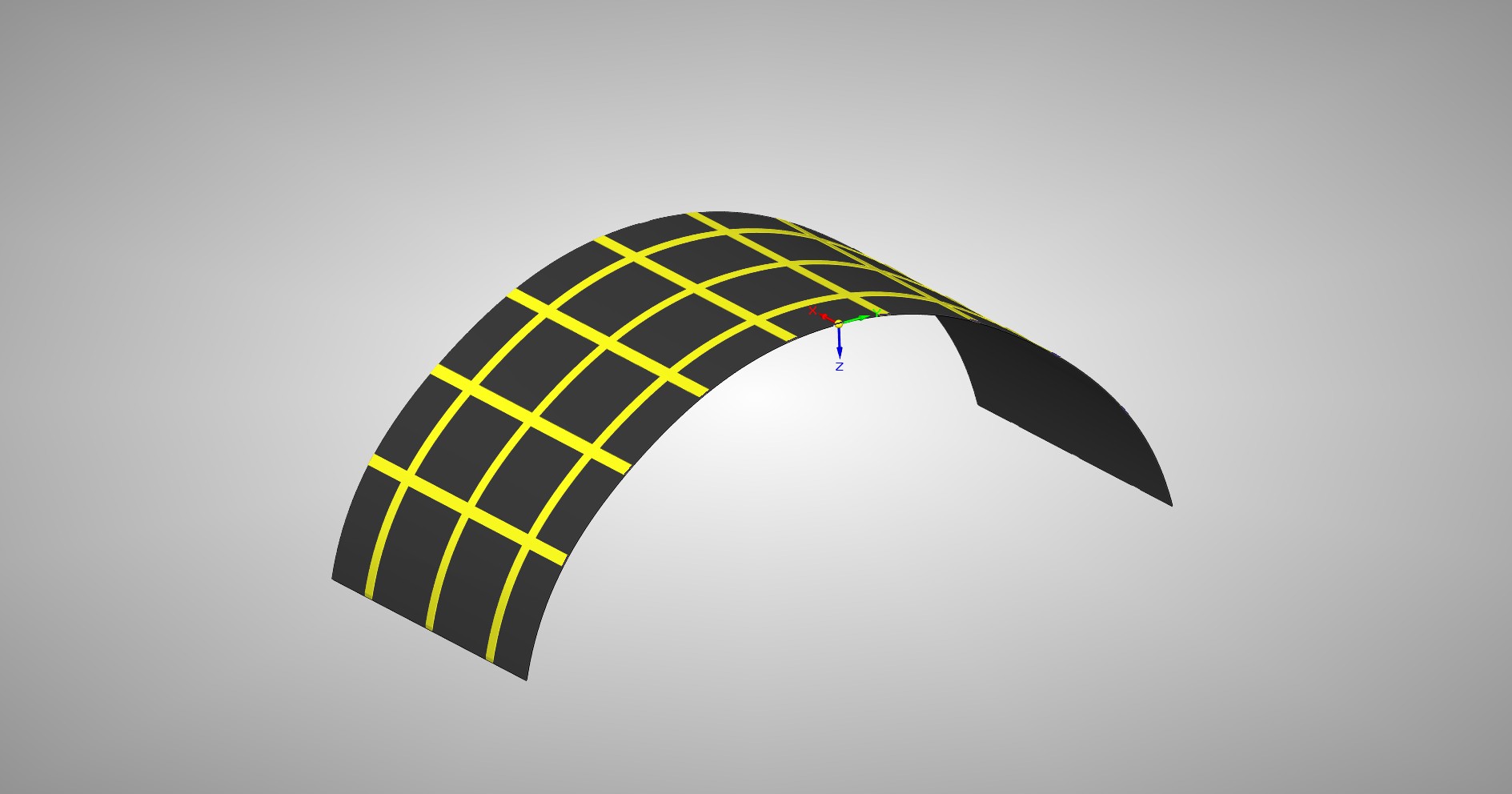
Figure 2. CFRP parabolic mirror (black) with reinforcement (yellow)
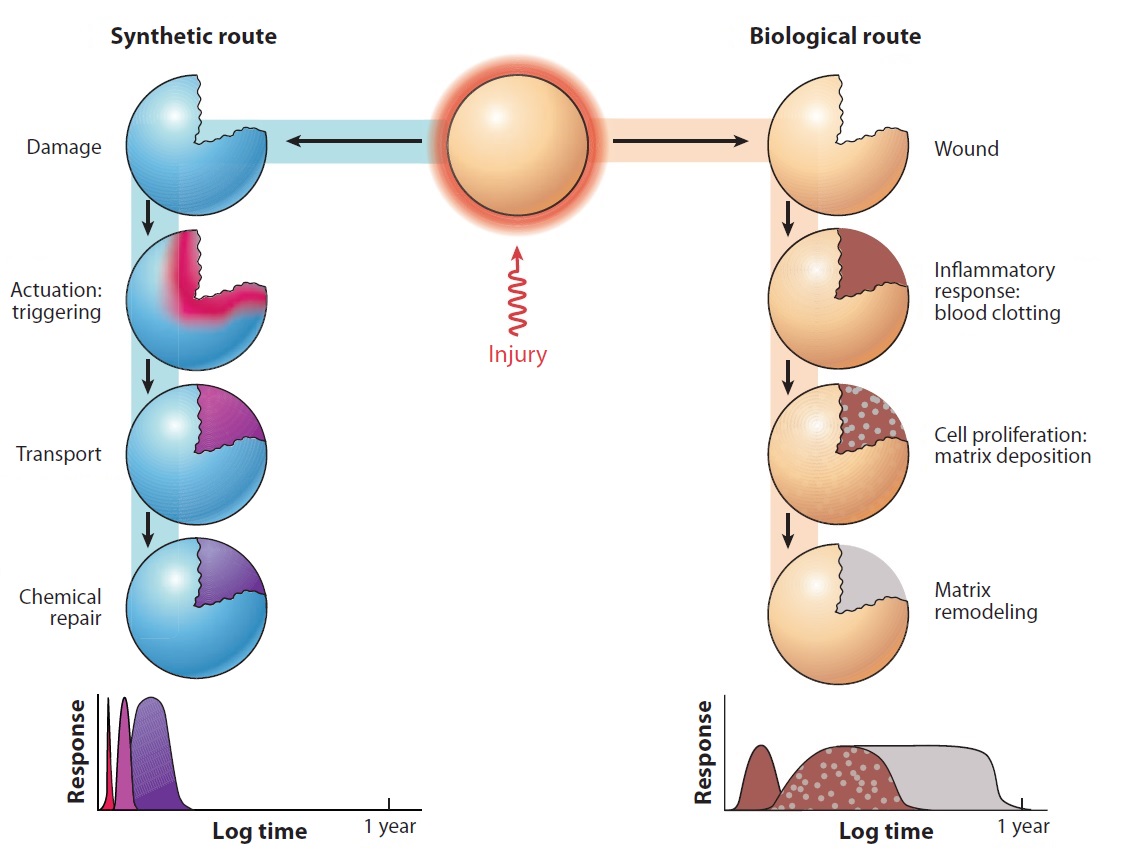 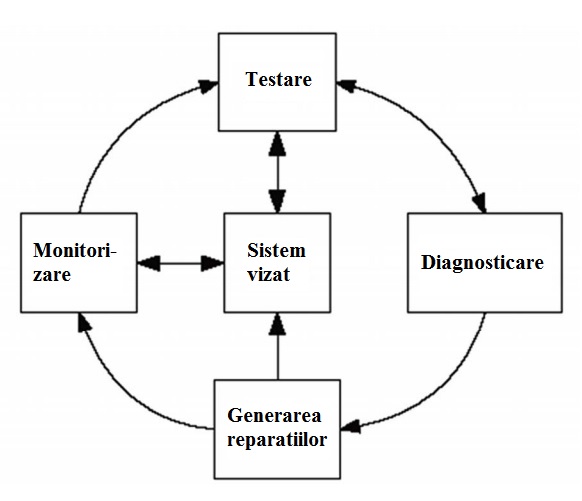
Figure 3.a) Synthetic and biologic repair systems; b) Monitoring cycle for an active, intelligent self-helaing system

Figura 4. Schematic illustration of self-healing concept using microcapsules: a) crack initiation; b) realeasing of healing agent (monomer); c) crack healing
|